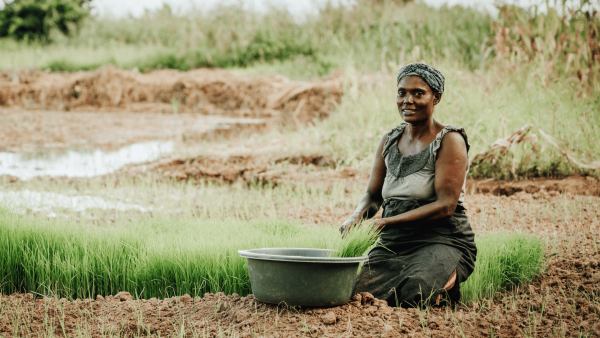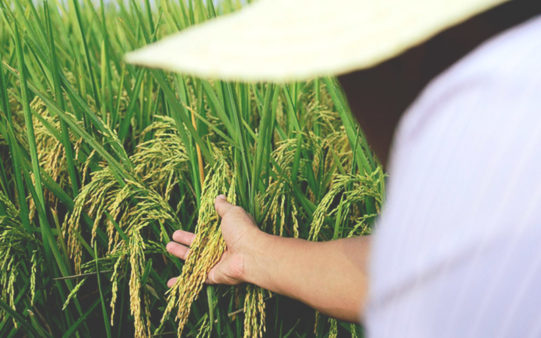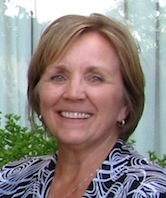Tag: gender gap

Rural Women Play a Transformative Role in Food Systems
Africa & Middle East: Transforming Africa's food systems relies on empowering rural women, responsible for producing staple foods, with the same resources as men.
Read MoreGetting More Women into Science Can Help Solve our Food System’s Challenges Faster
Global: Encouraging women into agricultural research can help solve the world's food systems challenges faster.
Read MoreSue Carlson: Rural Women – The Missing Development Demographic
Africa & Middle East: In celebration of the UN International Day of Rural Women today, our guest author, Sue Carlson of the World Farmers Organisation, looks at the status of rural women and their potential for reducing poverty and hunger around the world. Perhaps more than any other major demographic around the world, rural women have benefitted least from […]
Read More


